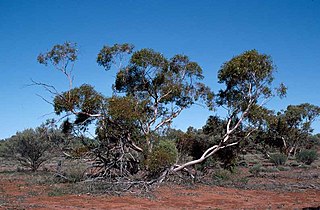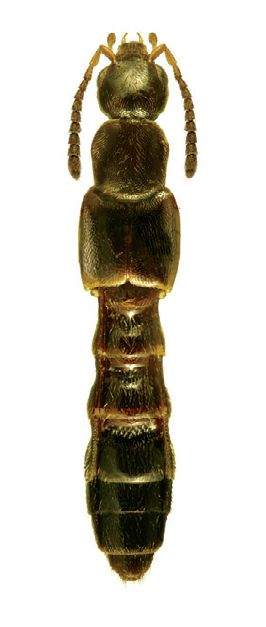
Loons or divers are a group of aquatic birds found in much of North America and northern Eurasia. All living species of loons are members of the genus Gavia, family Gaviidae and order Gaviiformes.

The musk lorikeet is a lorikeet, now the only species in the genus Glossopsitta. It inhabits south-central/eastern Australia. The little lorikeet and the purple-crowned lorikeet were previously included in the genus. The musk lorikeet was first described by ornithologist George Shaw in 1790 as Psittacus concinnus, from a collection in the vicinity of Port Jackson in what is now Sydney. John Latham described it as Psittacus australis. Its specific epithet is the Latin concinna "elegant". Other common names include red-eared lorikeet, and green keet, and formerly a local Sydney indigenous term coolich. The names green leek and king parrot have been incorrectly applied to this species in the past.

The river cooter is a species of freshwater turtle in the family Emydidae. The species is native to the central and eastern United States, but has been introduced into parts of California, Washington, and British Columbia.

Triodia is a large genus of hummock grass endemic to Australia. The species of this genus are known by the common name spinifex, although they are not a part of the coastal genus Spinifex. Many soft-leaved Triodia species were formerly included in the genus Plectrachne. Triodia is known as tjanpi (grass) in central Australia, and have several traditional uses amongst the Aboriginal Australian peoples of the region.

The nabarlek is a small species of macropod found in northern Australia. They are a shy and nocturnal animal that resides in rocky hollows and forages in the surrounding area. Their diet is grasses, sedges, and ferns found in and around their scrub covered refuges. They are distinguished by a reddish tinge to the mostly grey fur and a distinct stripe at the cheek. They move with great speed and agility when observed, with a forward leaning posture and a bushy tail that arches over the back.

The eastern river cooter is a subspecies of turtle native to the eastern United States, with a smaller population in the midwest. It is found in freshwater habitats such as rivers, lakes, and ponds.

Grevillea concinna, commonly known as red combs or elegant grevillea, is a species of flowering plant in the family Proteaceae and is endemic to the south-west of Western Australia. It is a spreading to erect shrub with mostly linear to narrow wedge-shaped leaves sometimes with a sharp point on the tip. Flower colour varies with subspecies.
Rivula concinna is a moth of the family Erebidae first described by Thomas Pennington Lucas in 1895. It lives in Australia in Queensland, Western Australia and the Northern Territory.

Crosseola concinna is a species of small sea snail or micromollusc, a marine gastropod mollusc in the family Conradiidae.

Eucalyptus concinna, commonly known as the Victoria Desert mallee, is a mallee or small tree that is endemic to Australia. It usually has rough, grey-brown on the lower part of its trunk, smooth bark above, lance-shaped adult leaves, flower buds in groups of between seven and eleven, white flowers and cup-shaped fruit. It has a widespread distribution in South Australia and Western Australia, centred on the Great Victoria Desert.

Europiella is a genus of plant bugs in the family Miridae. There are more than 30 described species in Europiella.

Cryptarcha ampla is a species of sap-feeding beetle in the family Nitidulidae. It is found in North America.
Stenelmis concinna is a species of riffle beetle in the family Elmidae. It is found in North America.
Pyrota concinna is a species of blister beetle in the family Meloidae. It is found in Central America and North America.
Perdita koebelei is a species of bee in the family Andrenidae. It is found in North America.
Cryptarcha strigatula is a species of sap-feeding beetle in the family Nitidulidae. It is found in North America.
Herthania concinna is a species of marsh beetle in the family Scirtidae. It is found in North America.
Herthania is a genus of marsh beetles in the family Scirtidae. There are at least four described species in Herthania.
Lyroda is a genus of square-headed wasps in the family Crabronidae. There are more than 20 described species in Lyroda.

Tachyusa is a genus of rove beetles in the family Staphylinidae. There are more than 20 described species in Tachyusa.











